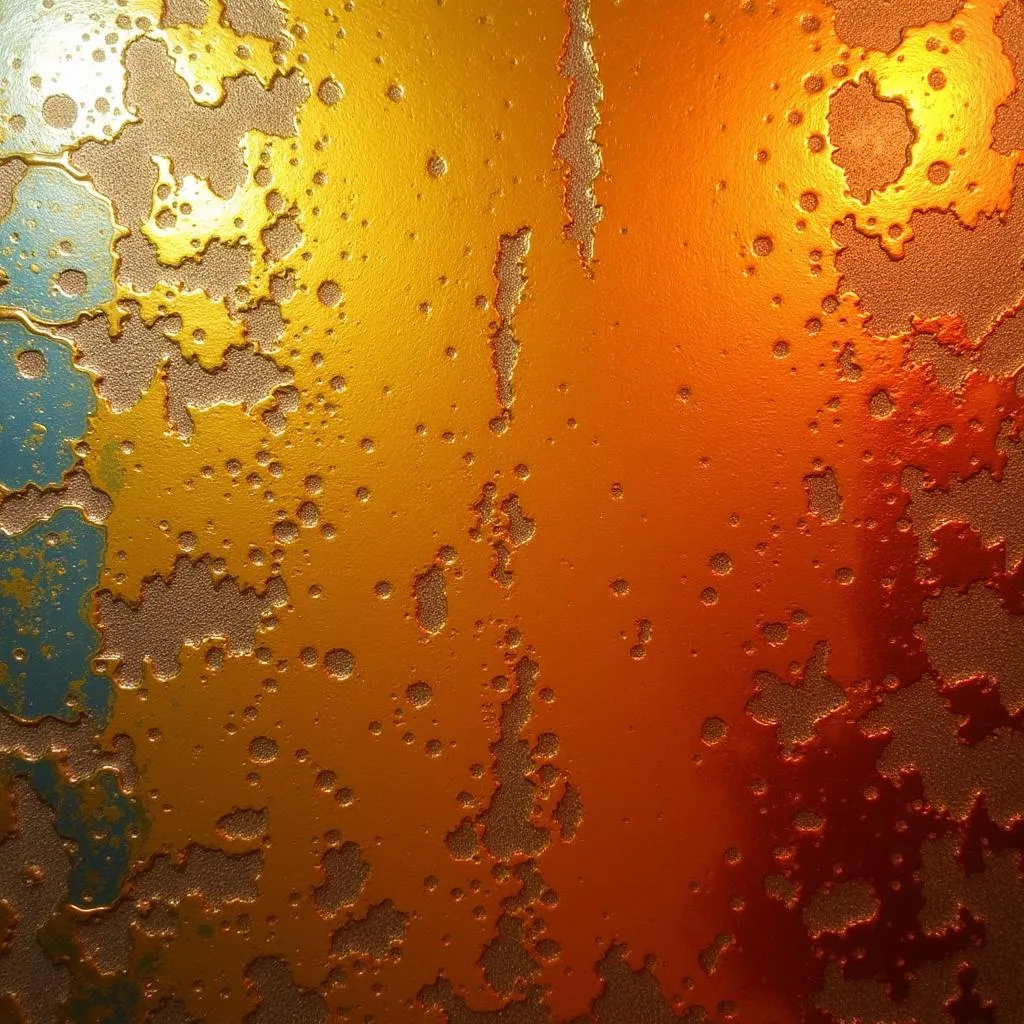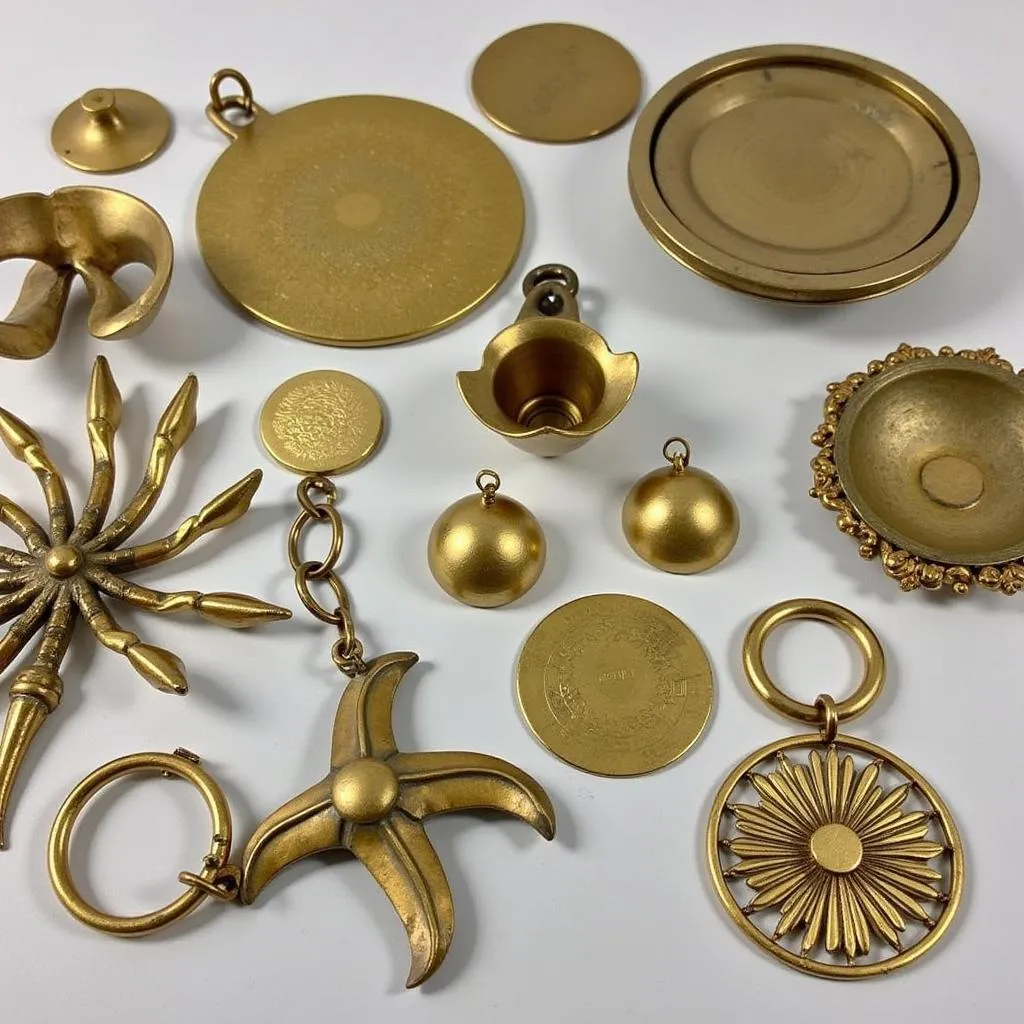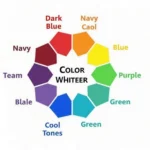Fine brass, when subjected to the intense heat of a furnace, undergoes a fascinating transformation in color. While we typically associate brass with its signature golden sheen, the high temperatures within a furnace cause a chemical reaction that alters its surface, resulting in a spectrum of vibrant and unpredictable hues.
The Science Behind the Color Change
Brass, an alloy primarily composed of copper and zinc, derives its color from the interaction of light with its surface. When heated in a furnace, the copper content in brass oxidizes. This oxidation process forms a thin layer of copper oxide on the surface. The thickness of this layer, influenced by factors like temperature and duration of heating, determines the resulting color.
 Brass heat patination
Brass heat patination
A Spectrum of Hues: From Yellow to Brown to Black
At lower temperatures, the copper oxide layer remains thin, resulting in shades of yellow and gold, intensifying the brass’s inherent color. As the temperature rises, the oxide layer thickens, leading to a shift towards warmer tones like orange, red, and even deep browns. At extremely high temperatures, the oxide layer becomes significantly thick, producing a dark brown or even black color.
Factors Influencing the Final Color
Besides temperature, several other factors can influence the final color of fine brass burned in a furnace:
- Duration of Heating: Longer heating periods allow for more extensive oxidation, leading to darker colors.
- Atmosphere Composition: The presence of other gases in the furnace, such as oxygen or nitrogen, can affect the oxidation process and thus the resulting color.
- Alloy Composition: Variations in the ratio of copper and zinc in the brass alloy can lead to different color outcomes.
 Heat-treated brass objects
Heat-treated brass objects
Artistic Applications of Heat-Treated Brass
The unpredictable and often beautiful colors achieved by heating fine brass have been harnessed for artistic and decorative purposes for centuries. This technique, known as heat patination, is employed to create unique finishes on jewelry, sculptures, and other decorative items.
Conclusion
The color of fine brass burned in a furnace is not a simple answer. It’s a captivating journey through a spectrum of hues, each shade revealing a story of chemical reactions and artistic possibilities. Understanding the science behind these color transformations allows us to appreciate the beauty and versatility of this enduring alloy.
Need help with your next project? Contact us at 0373298888, email us at [email protected], or visit our showroom at 86 Cầu Giấy, Hà Nội. Our team is available 24/7 to assist you.

